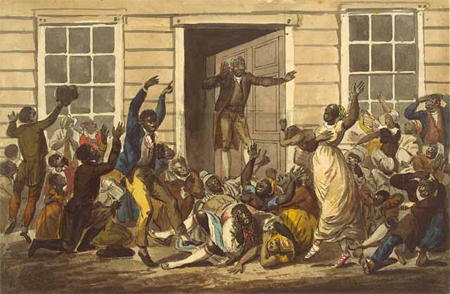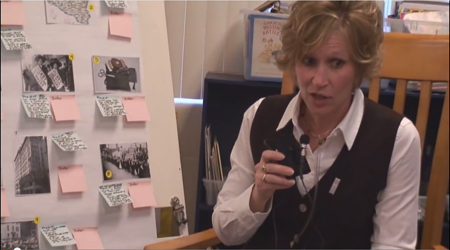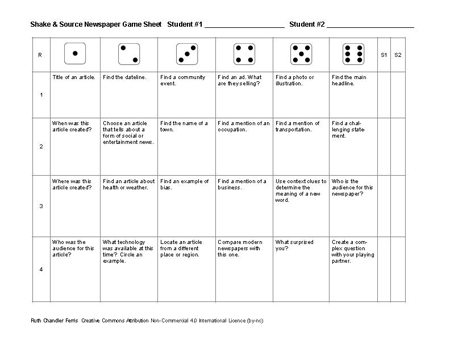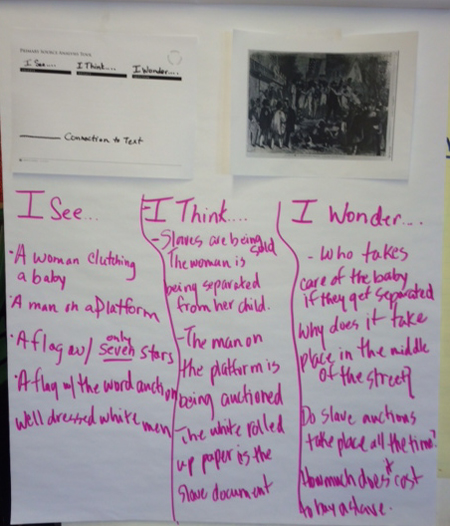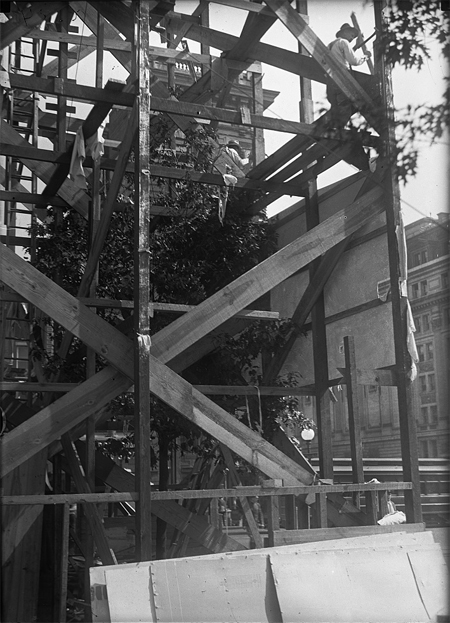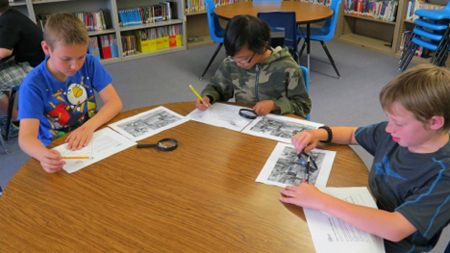Teaching Now: Deep Image Analysis
This is a guest post from Kerry Gallagher, a Technology Integration Specialist at St. John’s Prep, a 1:1 iPad school serving grades 6-12, and former middle and high school history teacher. Most history educators strive to make the past relevant to the present lives of their students. Deep image analysis, as a part of the…

